
I like to think of editing less as a fix-it shop and more as the place where photos come to life, where the story or subject is emphasized. Honestly, there’s not an exact science to this process for me, and many of the skills I now use, I’ve learned over the years through observation and playing with settings and filters. There’s simply no substitute for practice when taking photos or editing. Generally, I prefer images with natural light, clean angles, a focused subject and muted tones. Perhaps your own style is similar, perhaps not. There are millions of different ways to edit a photo, but as I mentioned previously, this is simply my contribution to the conversation. I hope it inspires you.
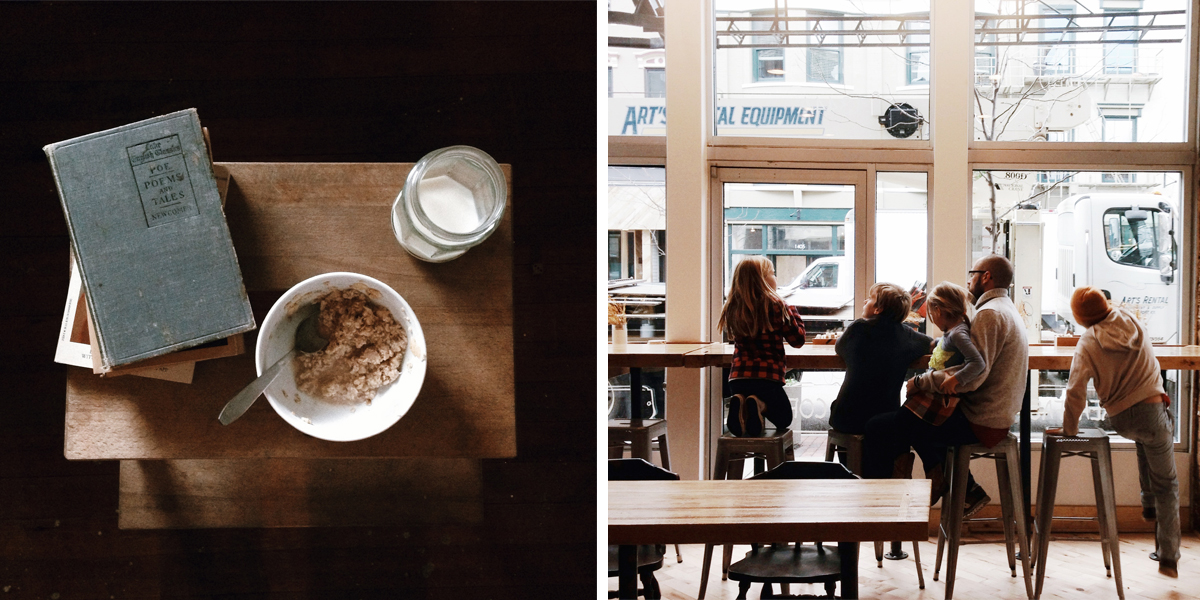
edit with VSCO | There are several fantastic editing applications for phones these days. It can almost be overwhelming. Since each one works a little differently, it’s best to choose one or two and stick with them. I use the VSCO application (Visual Supply Co.) for all of my editing. I love its simple format, filter options and settings, and its ease for storing and sharing. There are several other high-quality editing applications, such as Afterlight and Pic-Tap-Go, even Instagram itself is offering more range these days, but for purposes of sharing my own tips and tricks here, this will be more specific to the VSCO application.
upload 1-3 images | VSCO organizes the photos in a grid gallery just like Instagram. As I mentioned earlier, I often take more than one image, often with different angles in mind, so I choose my top favorites and upload them into the VSCO app gallery. Sometimes I immediately have a favorite, even before editing, but usually I have more than one I like. I upload both or even three, edit, choose my favorite, and delete the other two from the VSCO.
crop + straighten | I always take images in full portrait or horizontal orientation. So the first thing I do in VSCO is crop to make a square image for Instagram. I then use the straightening tool to either turn the image completely–sometimes the aerial shots will turn out upside-down–or I simply straighten the existing lines, i.e. adjusting the horizon to be horizontal, or the fence, windows, or tree trunk in the background to be vertical.
exposure | If the image is a little dark, I might brighten the exposure a tad. If I’ve taken an image midday, I might lower the exposure a notch to make the color more rich.
filters | I don’t use the same filter for every image. I like to have a similar feel to all of my images, so I’ll use different filters based on the light conditions to create a similar style throughout my Instagram gallery. For bright light or white backgrounds, I generally use the “bright + clean” presets (favorite: S2) or the “aesthetic series” (favorites: A4 or A6). For moodier lighting (grey days, early mornings indoor, table scenes, etc.), I use the “minimalist collection” (favorites: A8, A9, J2, J5). Occasionally, I use other filters but the ones I listed are my regular go-to’s. Also, to note, I rarely use a filter at full strength. I usually knock it down to between 6 and 8 on the filter scale, and then I tweak individually using the settings.
temperature + tint | All of the filters have specific temperature (cooler blue tones or warmer red tones) and tint (green and purple). Sometimes after applying a filter, one of the two is a little off for matching my other images, so I tweak one a bit to balance the whites in my gallery.
contrast + saturation + sharpening | These are the final things I sometimes do to tweak after using the filter. I prefer less color-saturated images, so sometimes I knock the saturation down a notch to give a more muted feel. Or I boost the contrast or sharpen the image a tad to create a little less-muddled light or subject.
For the record, I don’t use every setting every time. Sometimes when the light and focus are perfect, I might barely tweak the image at all. Then again, some images need a little more time than others to bring life to the image’s story or the moment itself–whatever I had envisioned when I first pulled out my phone for the shot. My images aren’t perfect, and often I have to work really hard to let that perfectionism go. In the end, years from now looking back through these, I know I’ll want the memory and story more than the perfect shot. These are just helpful tips I use to make the best of it.
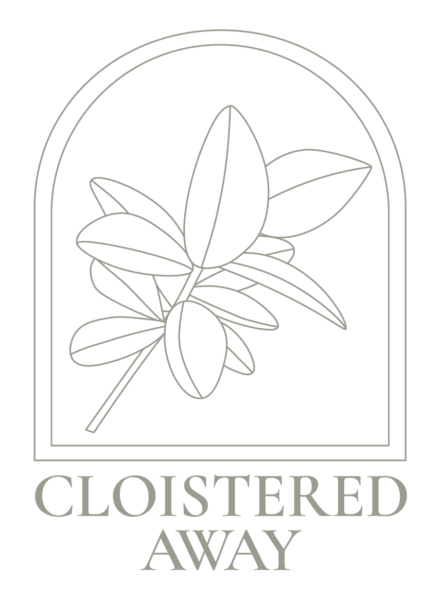
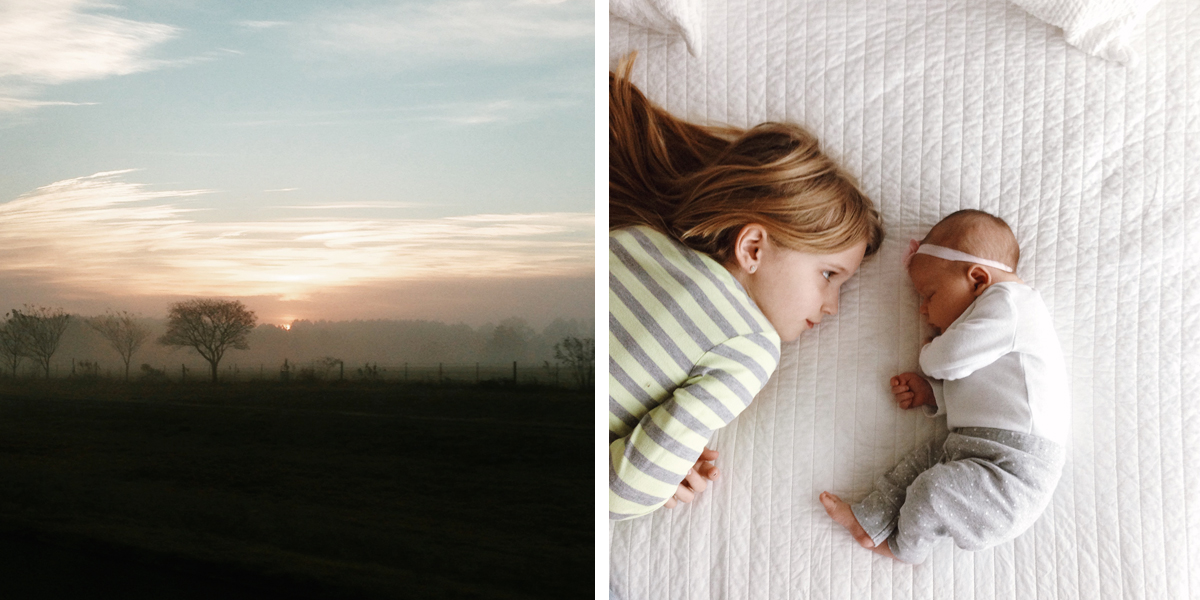
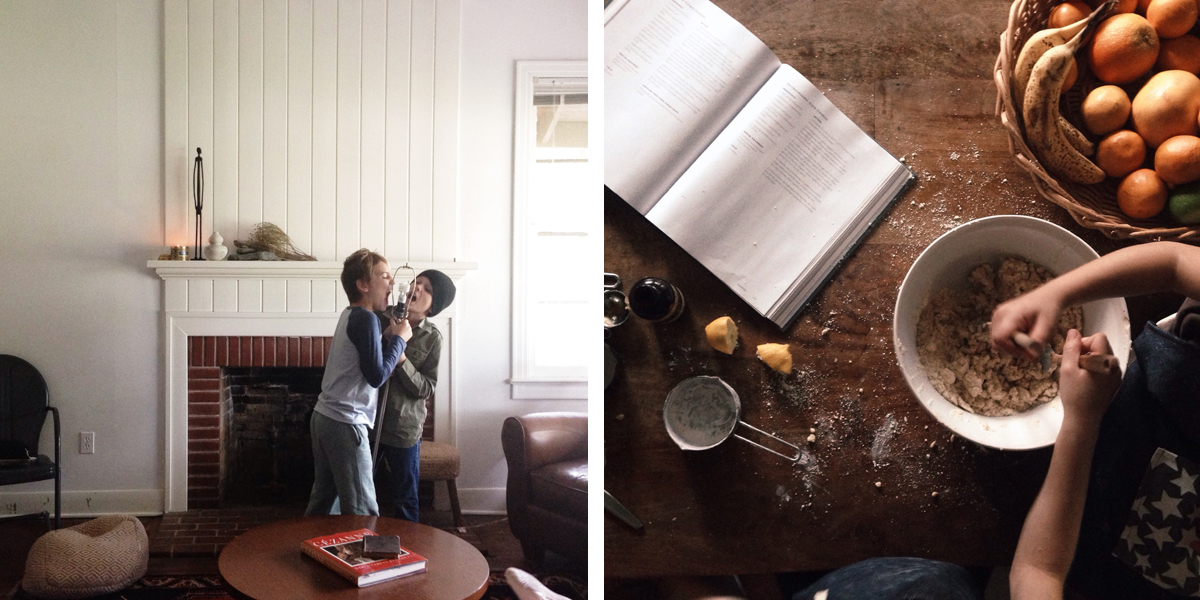
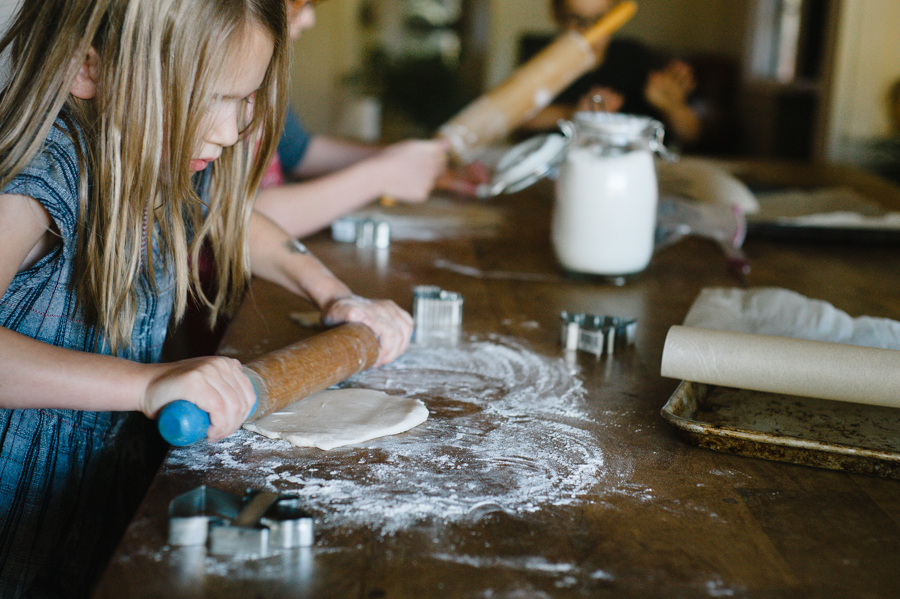
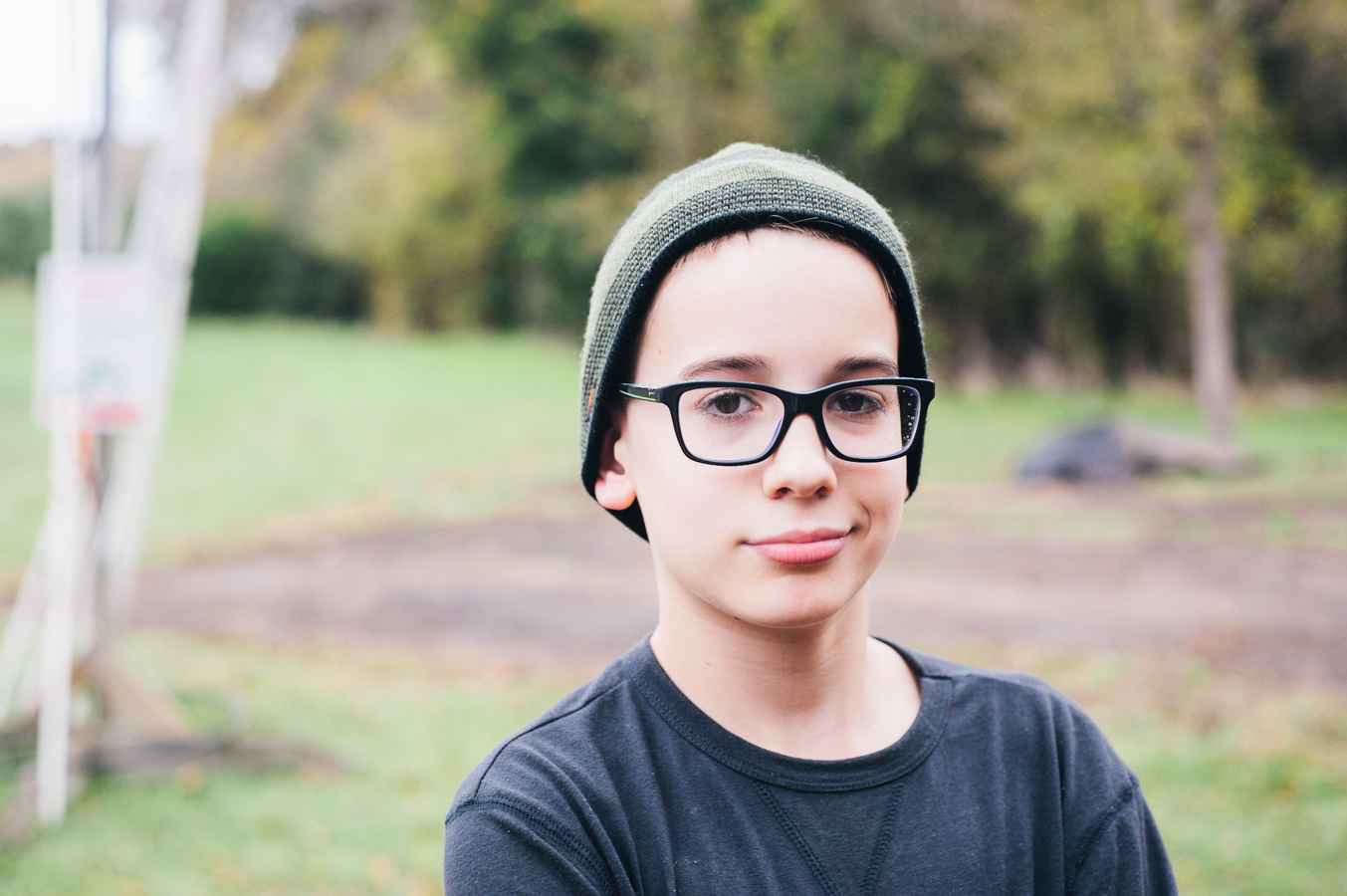

Comments
This was so great, thank you so much for sharing! I use the VSCO app and these tips have given me added confidence to play around with it even more. This question may be a bit tricky to answer, but how do you work towards getting a consistent feeling across all your photos – is it just the technical aspects that you mentioned (which I get, but don’t fully understand how to piece them together), or is it more a feeling? And how did you come about knowing and finding your own style through photography? As I said before, I love your photos and am so curious as to how you got there. :) Thanks again!
This is not a strange question at all, Chrissie–a common thought for many who want to grow in any skill. My next post this week is actually entitled “finding your style”–isn’t that funny? It should be up sometime mid-week, and I hope will address more of your questions.
I read this and I smiled because I always think my photos are lacking something ( a lot actually!), but as a writer I guess I feel it doesn’t matter…and I do only use my phone. I’ve just downloaded Afterlight and it’s amazing! I am going to have so much fun playing around with my pics now. If I’m honest with myself, it’s usually the images and the feel of a blog/website which draws me in. If the person can write too, well that’s just perfect.
I feel the same way, Michelle. As a writer, you learn to shape words to lead the reader to feel and see and think as you do, and as a photographer (even amateur), you learn the same. It’s more than simply point-and-shoot, it’s about showing others what you see or feel or think, which isn’t always obvious.
I appreciate your thoughtfulness here and hope you love Afterlight. I used it for about a year before VSCO released its second edition app, which allowed far more control for the user than the first. I think you’ll love it. x
You’re so kind, Esther. I’m so glad to hear this was helpful for you. Your images with your girls are so warm and lovely.
this was so helpful for me to read.thank you so much for sharing that. your photos are a bliss. so beautiful. i always use the same vsco filter(A6) and now feel motivated to try other ones as well, ’cause i also felt they don’t suit every image.i feel encouraged now to try a bit more without having to fear to loose a/my style. :) love, esther